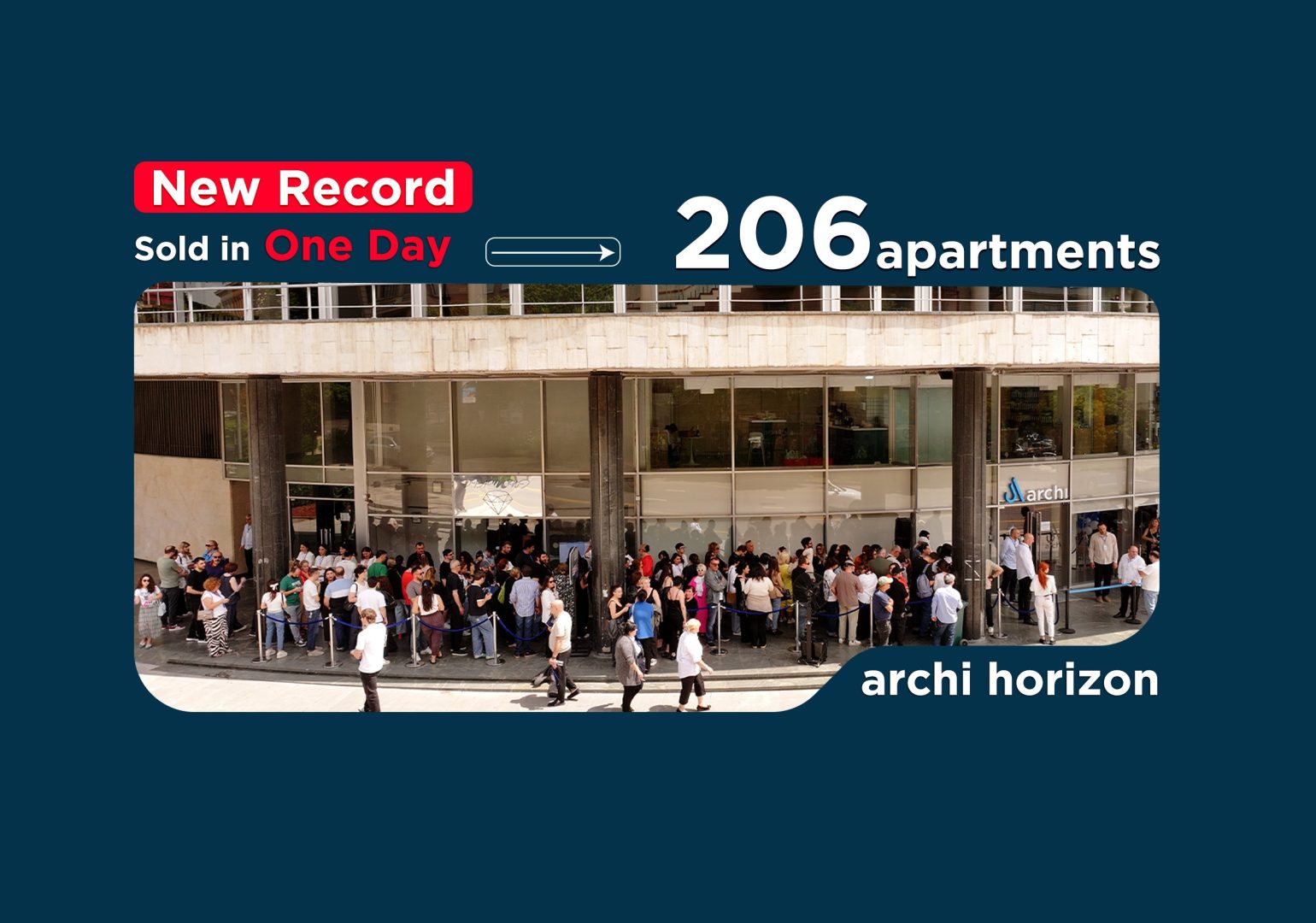

ალექსანდრე ონიანი
How to handle project scope creep

What is scope creep?
Probably you have heard the phrase “it would be nice if…”, after hearing it, every project manager knows that the client or stakeholder most likely desires something that was not intended to be created. Well, we call this a scope creep.
So, what exactly is scope creep? It is a scenario when scope, features, or deliverables move away from what was originally planned. Implementing those changes needs additional time and cost and this can result in missed deadlines, low-quality products, or even project failure.
Of course, it is impossible to plan everything in advance, especially when requirements are not that clear. Change is always inevitable in software development projects, but these moments should be identified and handled properly. Otherwise, we put our project at risk.
What causes scope creep?
Scope creep does not have a single source as it is thought most of the time. It may come from:
- Stakeholders – usually stakeholders are the ones who add extra functionality and tasks without realizing it was not in the original plan.
- Management – keeping clients happy can cost a lot for the project if management agrees to every suggestion no matter how it changes scope, schedule, or budget.
- Team members – Not being familiar with project scope, product, and with the project in general, can cause team members to be a source of scope creep as they might make wrong decisions and develop/create things that are out of scope.
- Testers – sometimes people who check your product (can be a team member, client or etc.) find some deviations which will require extra time and resources to be resolved.
- Other parties – it is not just you and the client and you do not work in the vacuum, especially in the field of information technologies, creating one software most of the times means using or interacting with other softwares, this could be the risk as a change in those are far from our control and eventually can lead to scope creep.
- Client – most of the time, the main source of the scope creep is the client. They often change their mind or add up extra functionality along the way.
How to handle scope creep?
- Define your scope – how you will know you have a scope creep if you do not define scope upfront? This does not mean that everything has to be perfectly clear at the start of the project, especially in an agile environment seeing the final product is especially tough, but you should have clear “definitions of done” to avoid developing additional functionalities, features, and even modules.
- Document everything – Yes, I know, This is kind of a going against agile manifesto, but going without documented requirements contains high risk for scope creep to occur, especially when the client does not exactly know how the final product should look like or what kind of functionality it should have, his curiosity and need for “something extra” will never end.
- Change requests – every request apart from what was planned is a change request, that is it! Saying “no” is sometimes hard for project managers and product owners as they intend to keep clients, stakeholders, and management happy. Every change should go through a change management system, meaning that the proposer of the change should describe why this change is necessary and how it will benefit the entire project/product. Then, the request is discussed and analyzed by the change management board and based on aspects like risk, benefit/cost ratio, schedule and etc. the decision is made. Read more about the change request management process.
- Track everything – using the right tools can keep you on track and therefore avoid you from creating scope creep. In complex projects, it is impossible to control the development process no matter what methodology you are using. Fortunately, there are some handful softwares that can help you keep track of everything like free web-based software Trello or even more advanced commercial version Atlassian JIRA.
- Communicate – more than half of the project manager’s job is communication. Project managers should have as many channels of communication as necessary to keep everyone updated. Maybe he/she should use the project’s website or push notifications about important updates.
Scope creep will always be a threat for your project, but you can keep avoiding it or minimizing its impact by a clear communication, documentation, change request system and requirements analysis.
I'm results-driven and detail-oriented IT Project Manager with a demonstrated history of working on international projects, higher education in business administration along
with geeky interest in computer science.
გააზიარე
ავტორის სხვა მასალა


Strategic Autonomy?: Understanding Georgia’s Foreign Policy Realignment

A New Record at Archi – 206 Apartments Sold in a Single Day

Suada Opens New Development Hub in Tbilisi to Power Global EdTech Growth


